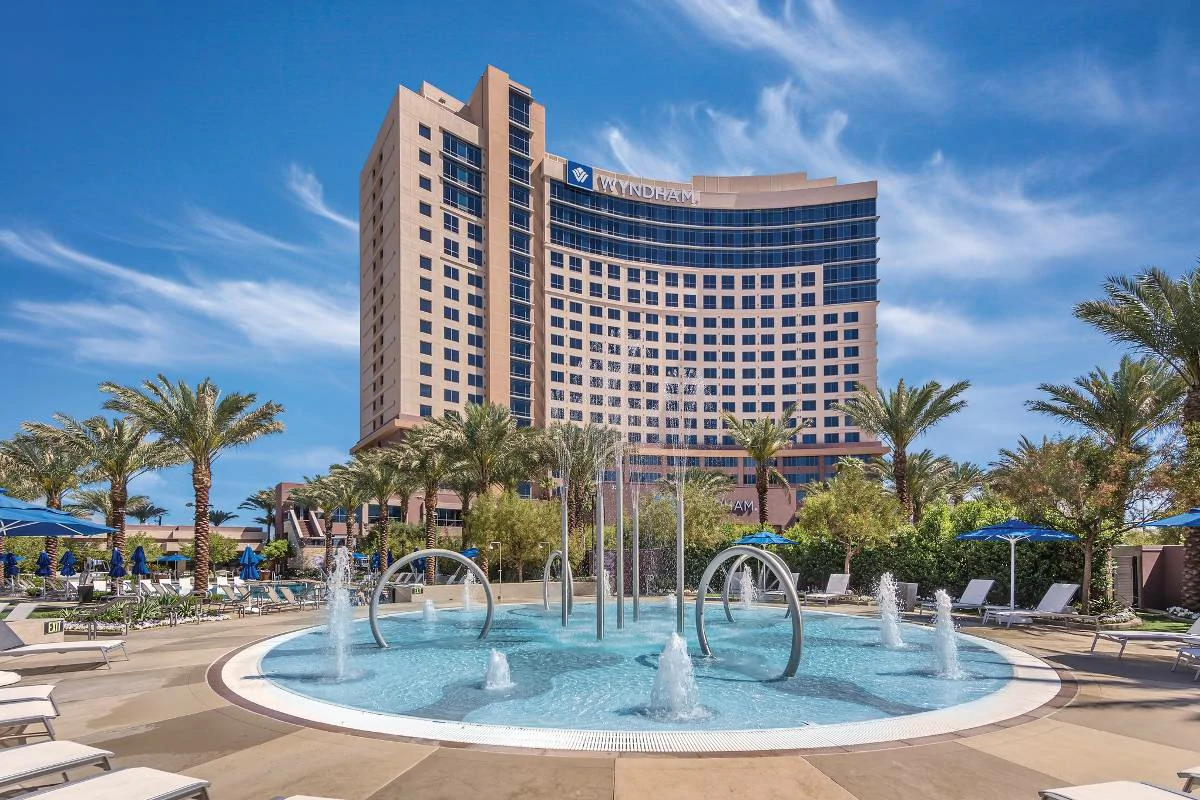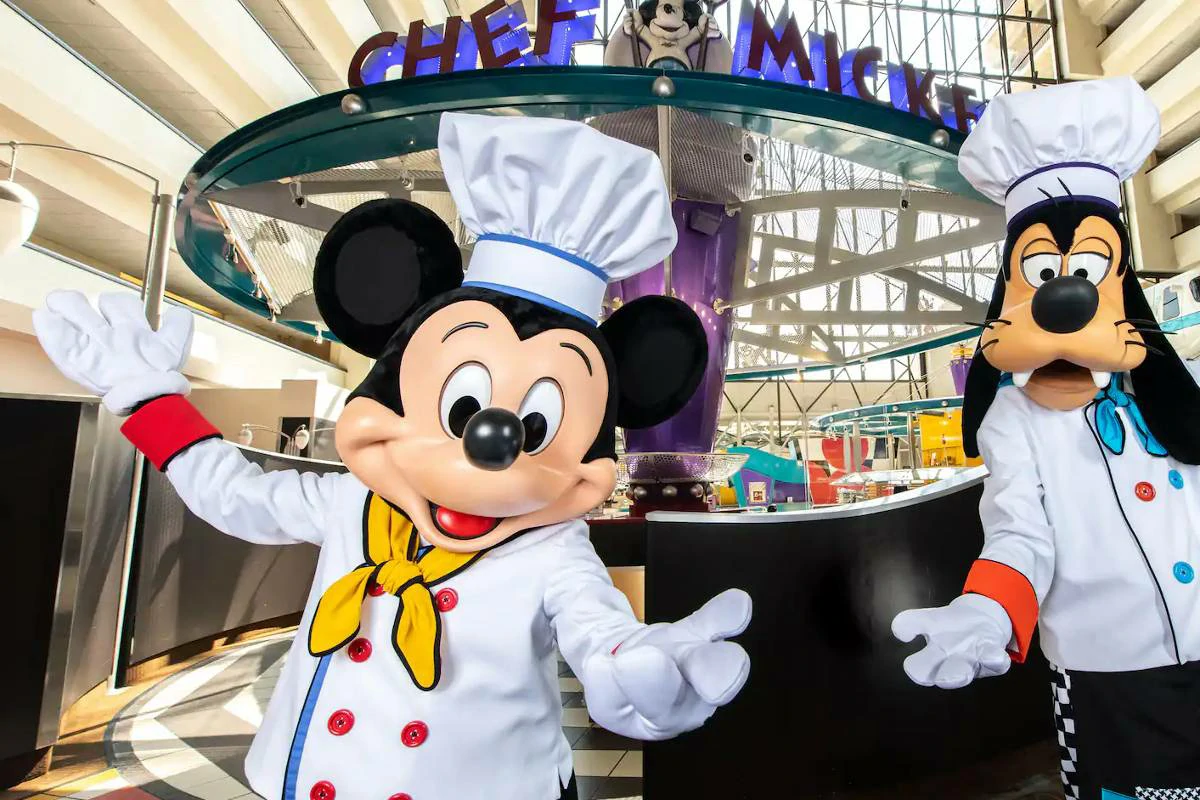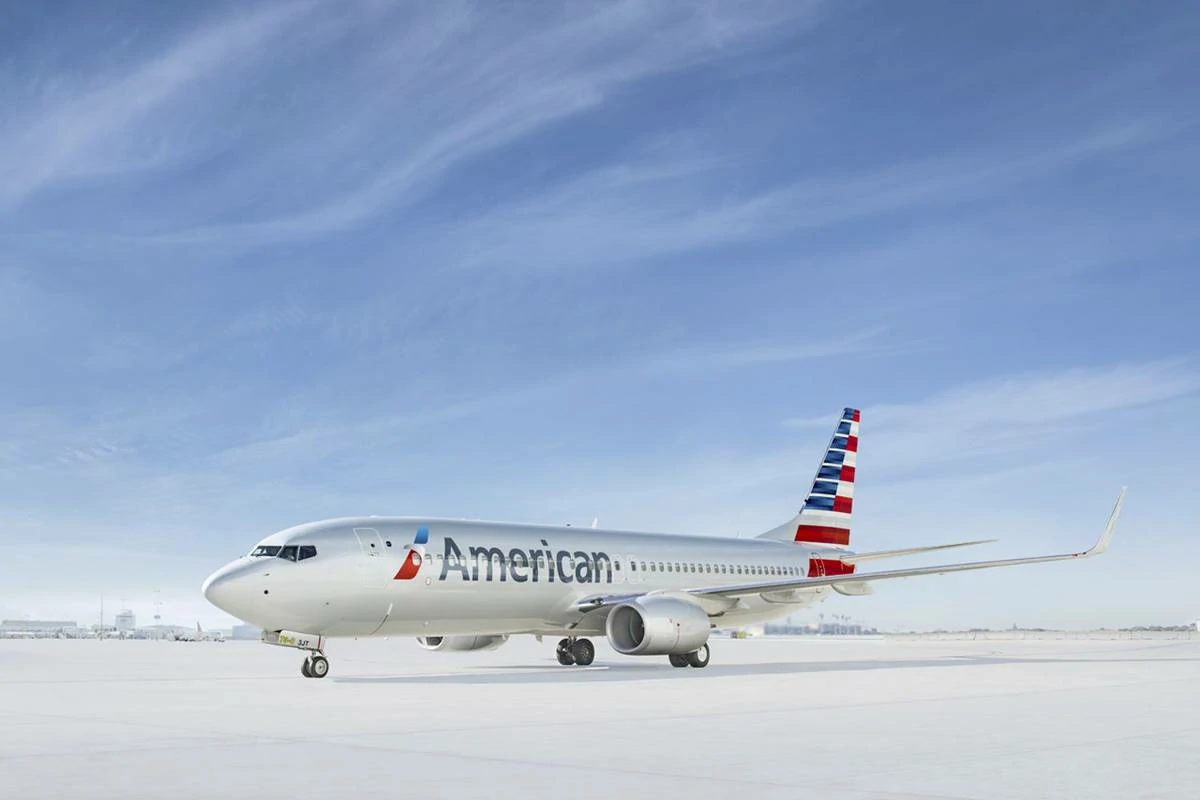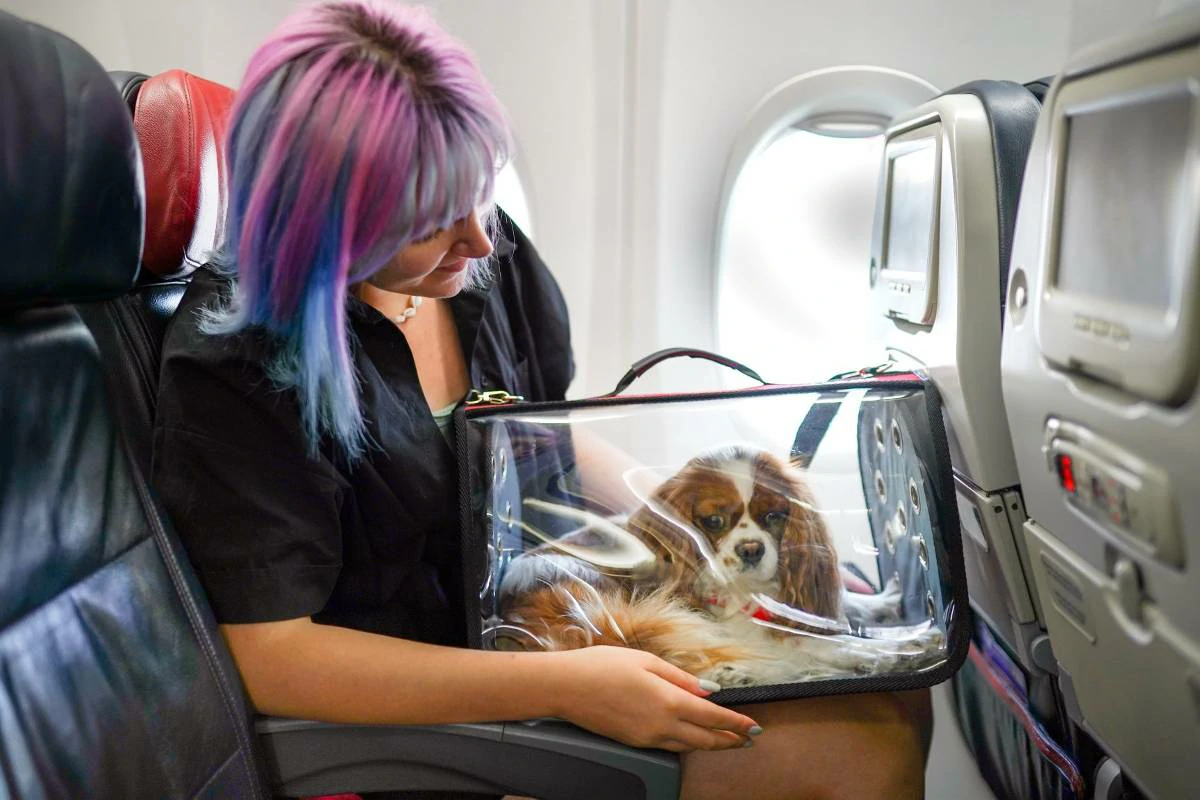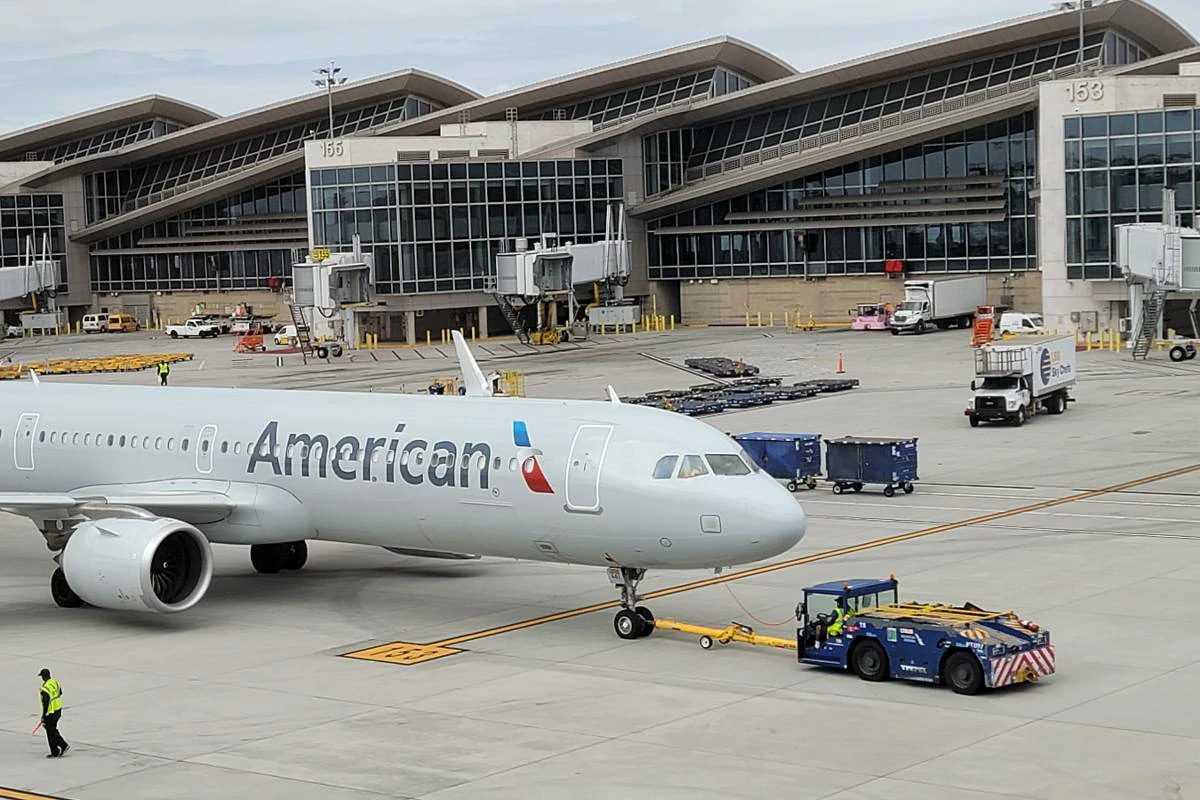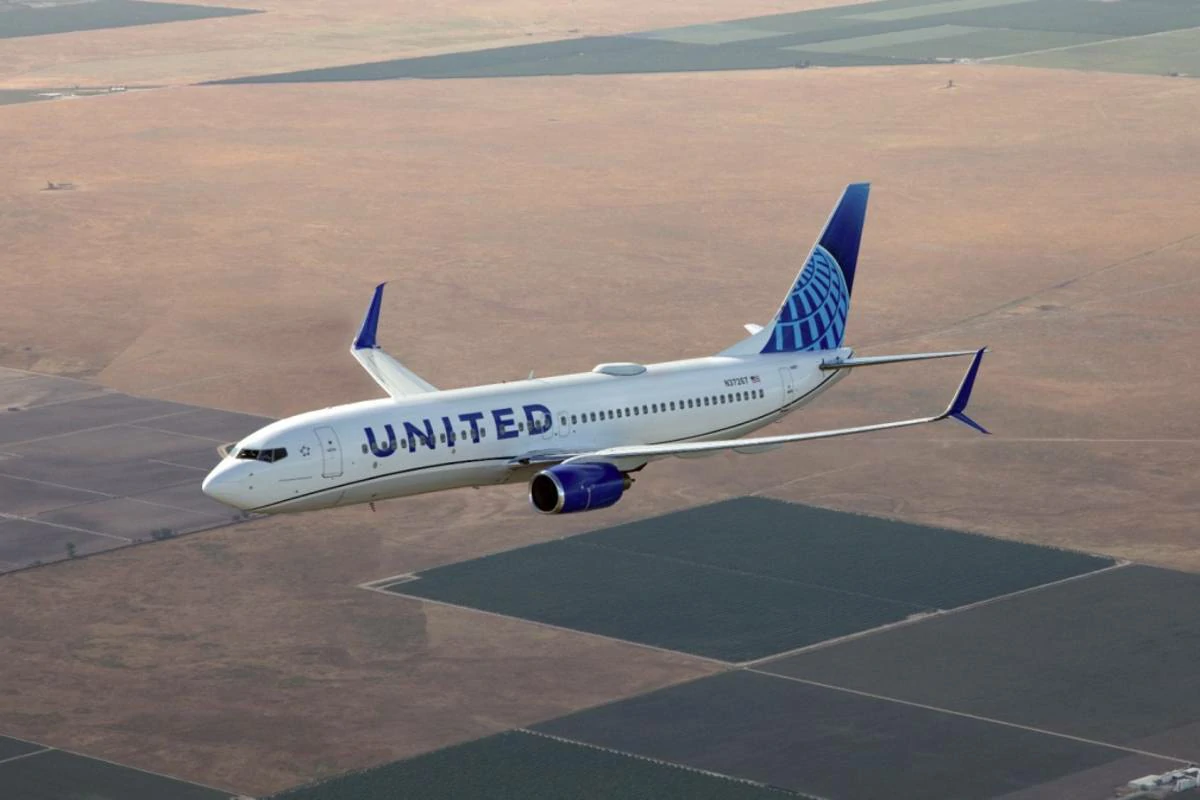How many hotels are in the United States? Answer is – The United States has a vast hotel industry. According to recent industry data, there are approximately 107,902 hotels and motels operating across the nation. This number is subject to change due to trends, with the industry experiencing a slight decline in recent years. However, the U.S. remains one of the world’s largest markets for hotels.
Summary
- The size and scope of the U.S. hotel industry
- Key factors influencing the number of hotels (economic trends, travel demand)
- The breakdown of hotels by type (luxury, budget, independent, etc.)
- Major hotel chains in the United States
- Future outlook for the U.S. hotel industry
How Many Hotels Are in the United States?

The Importance of Hotels in the U.S. Economy
Hotels are far more than just places to rest your head when traveling. They form a vital pillar of the U.S. economy, providing jobs, generating tax revenue, and stimulating local businesses across the nation.
The hospitality industry’s economic footprint extends well beyond the walls of individual hotels and motels.
Direct Jobs and Economic Impact
Job Creation: The hotel industry is a significant employer in the United States. According to the American Hotel & Lodging Association (AHLA), hotels directly support nearly 2.3 million jobs across the country. These positions range from front-desk staff and housekeepers to managers, chefs, and maintenance workers.
Tax Revenue: Hotels generate substantial revenue for federal, state, and local governments. The AHLA reports that guests pay billions of dollars in occupancy taxes annually. These funds support essential public services such as infrastructure, education, and public safety.
Economic Multiplier Effect: The economic impact of hotels goes beyond direct employment and taxes. Hotels create a ripple effect by purchasing goods and services from local businesses. They source their food and beverages from suppliers, utilize the services of laundries and cleaning companies, and partner with local attractions to offer guest experiences. This spending boosts the local economy.
Supporting Tourism and Travel
Accommodation Hub: Hotels provide a vital base for travelers of all kinds. Business travelers, leisure tourists, and families visiting relatives rely on hotels for safe and comfortable accommodations. Without hotels, tourism – a substantial economic driver in many regions – would suffer significantly.
Promoting Destinations: Hotels often collaborate with local tourism boards and destination marketing organizations to promote their cities, states, and regions. They create travel packages, participate in trade shows, and advertise to attract visitors.
Supporting Infrastructure: The travel and tourism industry supported by hotels relies on a robust transportation infrastructure. Hotels advocate for investment in airports, highways, and public transportation, which benefit both visitors and local residents.
Positive Influences on Communities
Community Spaces: Many hotels go beyond providing accommodations. They offer meeting and event spaces, restaurants, and other amenities that become hubs for the local community. These spaces host business meetings, social gatherings, and community events.
Attracting Investment: The presence of hotels can be a catalyst for further investment in a community. As they draw in visitors and generate economic activity, other businesses, such as restaurants, shops, and entertainment venues, are likely to follow. This can lead to revitalization and job growth.
Philanthropy and Engagement: Hotels frequently contribute to local charities, support community initiatives, and participate in volunteer efforts. This engagement helps create a positive impact and strengthens the bond between hotels and the communities they serve.
Dr. Sarah Anderson Expert Opinion
Dr. Sarah Anderson, Professor of Hospitality Management “Hotels are not simply businesses; they are integral threads in the fabric of the U.S. economy. Their contributions span job creation, tax generation, tourism support, and overall community development.”
Understanding the U.S. Hotel Landscape
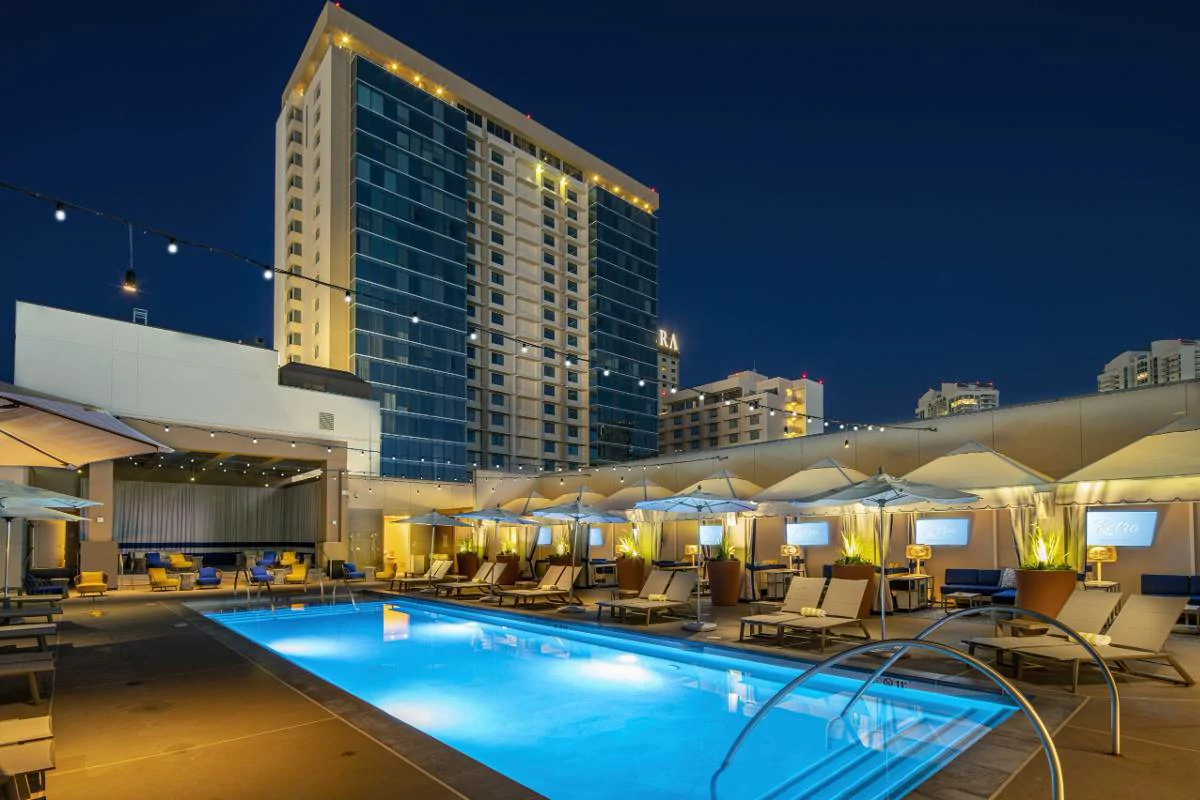
The United States boasts a vast and dynamic hotel industry, shaped by economic trends, travel patterns, and evolving guest expectations. Let’s explore the key factors that determine the landscape of the hospitality sector.
1. How many hotels are in the United States?
According to the latest data from IBISWorld, there are approximately 107,902 hotels and motels operating in the United States as of 2023.
This number fluctuates based on factors like new hotel construction, closures, and changing market conditions.
2. Factors influencing the number of hotels
The number of hotels in the U.S. isn’t static – it’s a constantly shifting figure influenced by several key factors:
Economic Conditions
Strong Economy: A healthy economy usually translates into increased business travel and leisure spending, which fuels demand for hotel rooms. This can lead to the development of new hotels and the expansion of existing ones.
Economic Downturns: During recessions or economic slowdowns, both business and leisure travel may decline. This decrease in demand puts pressure on hotels, sometimes leading to closures or a delay in the construction of new properties.
Travel and Tourism Trends
Domestic and International Tourism: The popularity of destinations within the U.S. directly influences the number of hotels in that area. Cities and regions known for their attractions, events, or natural beauty tend to have a higher concentration of hotels. Similarly, an increase in international visitors can fuel hotel development in key gateway cities.
Business Travel Patterns: Changes in business travel habits can affect the hotel landscape. Companies may shift to virtual meetings or reduce travel budgets, impacting the demand for business-oriented hotels.
Changing Consumer Preferences
Experience-Driven Travel: Travelers increasingly value unique experiences and personalization. Hotels that adapt to offer distinctive amenities, local connections, or a focus on wellness may find favor with guests and see increased demand.
Sharing Economy Growth: The rise of alternative accommodations like Airbnb has created some competition for traditional hotels, particularly in urban centers and popular tourist destinations.
Budget-Conscious Options: Economic uncertainty or changing demographics can lead to a higher demand for budget-friendly accommodations, influencing the number of economy and midscale hotels built or converted in a geographic region.
Mark Johnson Expert Opinion
Mark Johnson, Hotel Industry Analyst “The U.S. hotel market is remarkably adaptable, reflecting larger trends and shifts in traveler behavior. It’s a complex ecosystem where economic factors, tourism patterns, and consumer preferences all play a role in shaping the number and types of hotels we see.”
Types of Hotels in the United States
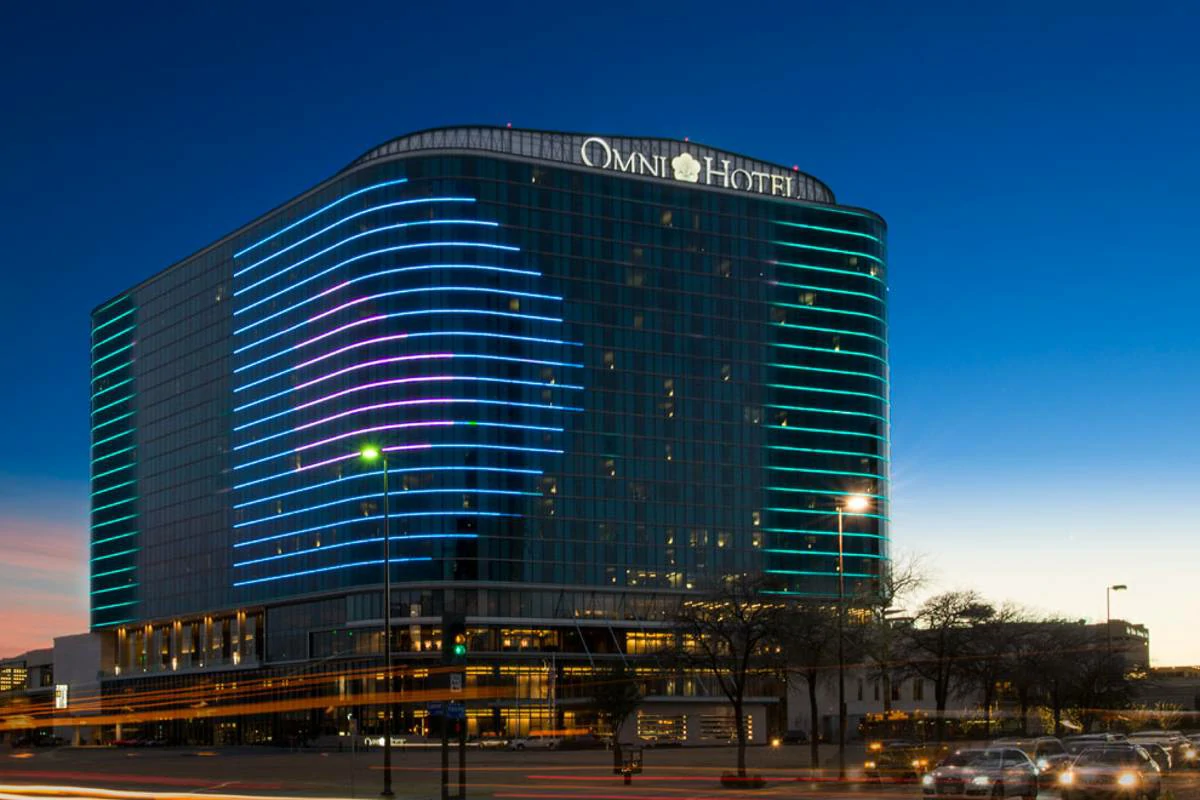
The U.S. hotel landscape offers a remarkable range of accommodation options catering to different budgets, tastes, and travel purposes. Here’s a breakdown of the major categories:
1. Luxury Hotels
Defining Features: Opulence, personalized service, and premium amenities are hallmarks of luxury hotels. These properties often feature lavish rooms, gourmet restaurants, high-end spas, and other exclusive facilities.
Target Guests: Discerning travelers seeking the ultimate in pampering and comfort, including celebrities, business executives, and those celebrating special occasions.
2. Budget Hotels
Defining Features: Affordability, clean and functional accommodations, and limited on-site amenities are the main focus of budget hotels.
Target Guests: Cost-conscious travelers, families, road-trippers, and those who prioritize value over frills.
3. Midscale Hotels
Defining Features: A balance between affordability and comfort, typically offering a wider range of amenities than budget hotels. They might include restaurants, pools, fitness centers, and basic business services.
Target Guests: A broad range of travelers, including families, business travelers, and those seeking a comfortable stay without breaking the bank.
4. Boutique Hotels
Defining Features: Unique personality, stylish design, and an intimate atmosphere set boutique hotels apart. They often reflect the local culture and offer personalized touches.
Target Guests: Travelers seeking distinctive experiences, a sense of place, and a departure from cookie-cutter chain hotels.
5. Independent Hotels
Defining Features: Not affiliated with any major chain, independent hotels boast a singular identity. They range from historic properties to quirky bed and breakfasts, offering a high degree of individuality.
Target Guests: Travelers looking for one-of-a-kind accommodations, personalized service, and a strong local connection.
6. Extended Stay Hotels
Defining Features: Designed for longer stays, featuring suites with kitchenettes or full kitchens, and often provide laundry facilities and other home-like comforts.
Target Guests: Business travelers on extended assignments, relocating families, project workers, and those seeking the convenience of apartment-style living.
Jennifer Stevens Expert Opinion
Jennifer Stevens, Travel Blogger and Hotel Enthusiast “The variety of hotel types in the United States is one of the reasons I love traveling across the country. From grand historic hotels to trendy urban boutiques, there’s truly something to suit every traveler’s style and budget.”
Major Players in the U.S. Hotel Market
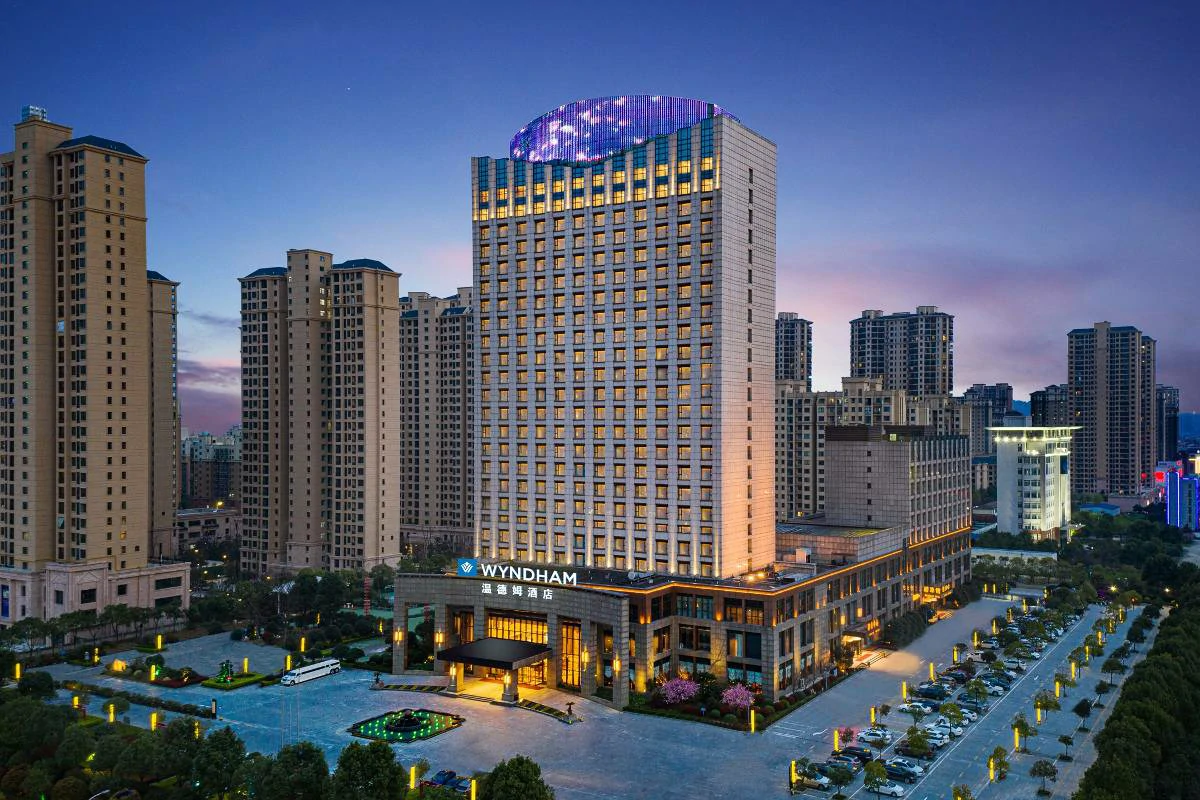
The U.S. hotel landscape is dominated by several influential hotel chains that operate a vast network of properties across the country. These major players wield significant influence through brand recognition, loyalty programs, and their extensive portfolios.
1. Marriott International
Global Footprint: Marriott International boasts a worldwide presence and is the largest hotel chain in the U.S. by number of properties. As of 2023, they operate over 1.4 million rooms worldwide.
Diverse Brands: Marriott’s portfolio encompasses a wide spectrum of hotel brands, catering to various markets. Their brands include luxury hotels like Ritz-Carlton and JW Marriott, premium brands like Marriott Hotels & Resorts and Westin, and select-service brands like Courtyard by Marriott and Fairfield Inn.
Powerful Loyalty Program: Marriott Bonvoy is one of the most popular hotel loyalty programs, offering members exclusive perks and rewards.
2. Hilton Worldwide
Legacy Brand: Hilton has a long and storied history in the hospitality industry, founded by Conrad Hilton in 1919. It’s a globally recognized brand known for consistency and innovation.
Brand Collection: Hilton’s portfolio includes iconic brands like Waldorf Astoria and Conrad alongside popular options like Hilton Hotels & Resorts, DoubleTree by Hilton, and Hampton by Hilton.
Hilton Honors: Their loyalty program offers benefits and incentives to its members across their diverse hotel collection.
3. Wyndham Hotels & Resorts
Focus on Economy and Midscale: Wyndham’s strengths lie in the budget-friendly and midscale sectors. They are the largest hotel franchisor in the world, having over 9,000 hotels under their umbrella.
Well-Known Brands: Wyndham’s portfolio includes familiar names like Days Inn, Super 8, Ramada, La Quinta, and Travelodge.
Wyndham Rewards: Their loyalty program emphasizes straightforward rewards and easy redemption options.
4. Choice Hotels International
Value-Driven Focus: Choice Hotels primarily cater to budget-conscious travelers with brands focusing on affordability and essential amenities.
Brand Recognition: Their recognizable brands include Comfort Inn, Quality Inn, Econo Lodge, and Rodeway Inn.
Choice Privileges: Their rewards program allows members to earn points and redeem them for stays across their various brands.
5. Best Western Hotels & Resorts
Unique Structure: Best Western operates as a membership association of independently owned and operated hotels, providing a blend of standardization and individuality.
Global Reach: Best Western has a substantial presence worldwide, with a distinct focus on North America.
Brand Variety: Their portfolio includes Best Western, Best Western Plus, and Best Western Premiere, offering different levels of service and amenities.
Best Western Rewards: Their loyalty program boasts a strong following and provides various redemption options.
Professor Lisa Cain Expert Opinion
Professor Lisa Cain – School of Hospitality Management “The major hotel chains play a pivotal role in the U.S. hospitality landscape. Their vast networks, diverse hotel brands, and robust loyalty programs heavily influence travel decisions and consumer loyalty.”
What Does This Mean for the Future?
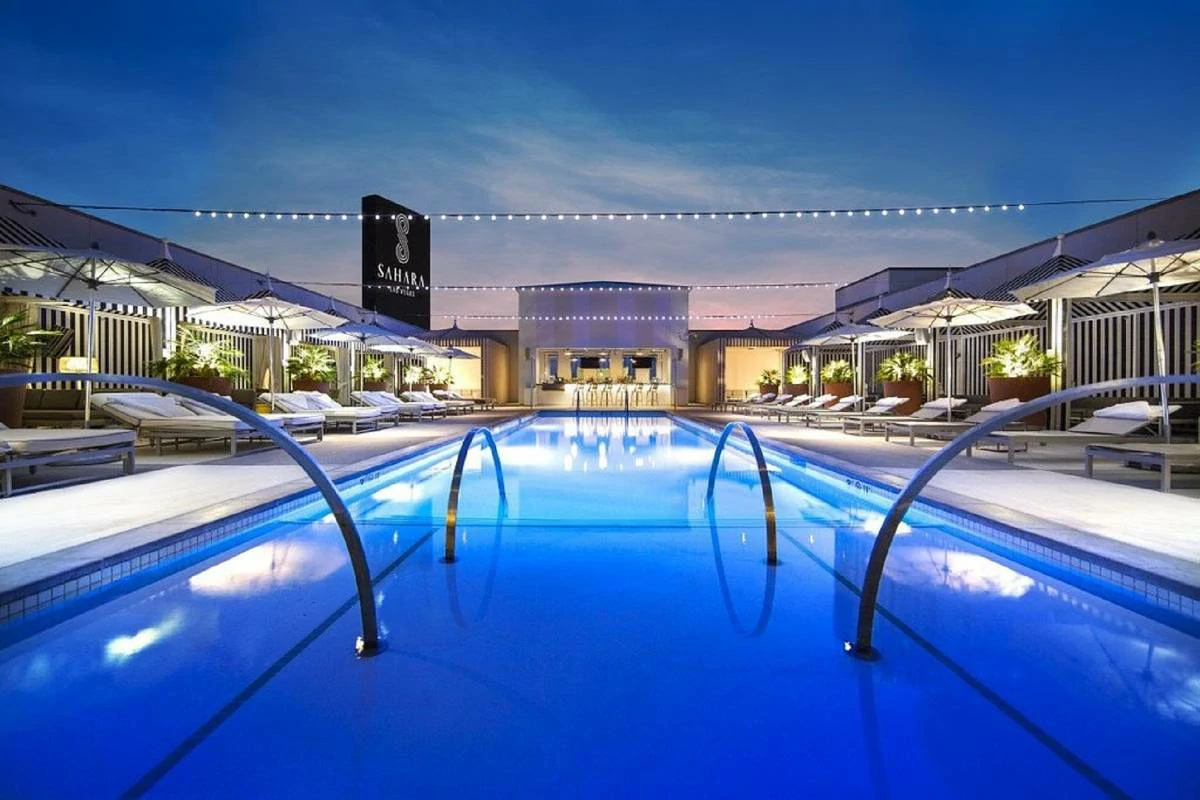
The hotel industry is in a state of constant evolution, adapting to technological advancements, sustainability demands, and shifts in guest preferences. Here’s a look at the key trends influencing its future:
1. Trends Shaping the Hotel Industry
Technology
Seamless Experiences: Hotels are increasingly integrating technology to streamline the guest experience. Mobile check-in, digital keys, in-room smart controls, and personalized services enabled by artificial intelligence (AI) are becoming more prevalent.
Contactless Stays: The COVID-19 pandemic accelerated the adoption of contactless technologies. Guests now expect options for mobile payments, communication with staff via messaging apps, and self-service kiosks to reduce touchpoints.
Data-Driven Personalization: Hotels are leveraging guest data to provide tailored experiences. This includes personalized offers, room recommendations based on preferences, and targeted in-stay marketing.
Sustainability
Environmentally Conscious Travelers: Travelers are becoming increasingly aware of their environmental footprint. Hotels that prioritize sustainability attract this growing market segment.
Green Practices: Implementing eco-friendly practices is becoming essential. This includes energy-efficient systems, water conservation initiatives, waste reduction programs, and the use of sustainable materials.
Certification Programs: Hotels are seeking recognized green certifications, such as LEED (Leadership in Energy and Environmental Design), to demonstrate their commitment to sustainability.
Changing Traveler Demographics
Millennials and Gen Z: These generations value experiences, technology, and social responsibility. Hotels are adapting by offering communal spaces, unique design elements, and incorporating technology throughout the guest journey.
Bleisure Travel: The lines between business and leisure travel are blurring. Hotels catering to “bleisure” travelers offer flexible workspaces, healthy food options, and amenities that promote relaxation after work hours.
Multigenerational Travel: With families taking multigenerational trips, hotels are accommodating diverse age groups. This translates into offering family-friendly amenities, a variety of dining options, and activities catering to different interests.
Dr. Robert Miller Expert Opinion
Dr. Robert Miller, Director of Hospitality Research Center “The future of the U.S. hotel industry hinges on innovation and a deep understanding of evolving traveler needs. Hotels must embrace technology, prioritize sustainability, and cater to shifting demographics to remain competitive.”
Conclusion
The United States hotel industry plays a crucial role in the nation’s economy, fueling job growth, generating tax revenue, and propelling the travel and tourism sector. This multifaceted landscape offers a wealth of choices for travelers, ranging from opulent luxury hotels to budget-conscious lodgings, from established chain brands to independent boutiques.
Understanding the trends shaping the hotel industry is essential for both travelers and industry professionals. Technology continues to transform guest experiences; a heightened focus on sustainability aligns with traveler values; and changing demographics call for adaptable hotel offerings.
The hotels that thrive in this dynamic environment will be those that skillfully combine innovative technology with genuine hospitality, cater to evolving guest expectations, and embrace sustainability as a core principle. The future holds exciting possibilities for the U.S. hotel industry and promises travelers even more extraordinary experiences in the years to come.
FAQs
Q: How do I find the best hotel deals in the U.S.?
There are several strategies:
- Compare Prices: Use price aggregator websites like Kayak, Trivago, or Google Hotels to compare rates from different booking platforms.
- Consider Travel Dates: Be flexible with your travel dates. Weekday stays and off-season travel can often yield better prices.
- Book Directly: Contact the hotel directly to inquire about potential discounts or loyalty member perks.
- Look for Packages: Many hotels offer packages that bundle accommodations with meals, activities, or spa treatments, which can sometimes provide greater value.
Q: Are budget hotels in the U.S. safe and clean?
While standards can vary, many budget hotels offer clean and safe accommodations. Here’s how to ensure your choice meets your expectations:
- Read Reviews: Check reviews on reputable websites like TripAdvisor for insights on cleanliness and safety from past guests.
- Research Location: Consider the hotel’s location and the general safety of the surrounding neighborhood.
- Contact the Hotel: If you have specific concerns, reach out to the hotel directly to discuss their safety and cleaning protocols.
Q: How can I support sustainable hotels in the U.S.?
Here are a few ways to make a difference:
- Seek Certifications: Look for hotels that have earned reputable sustainability certifications like LEED or Green Key.
- Look for Initiatives: Check hotel websites for information about their specific sustainability practices in areas like energy conservation, water reduction, and waste management.
- Make Conscious Choices: During your stay, conserve water, reuse towels, limit energy consumption, and participate in any recycling programs offered.
